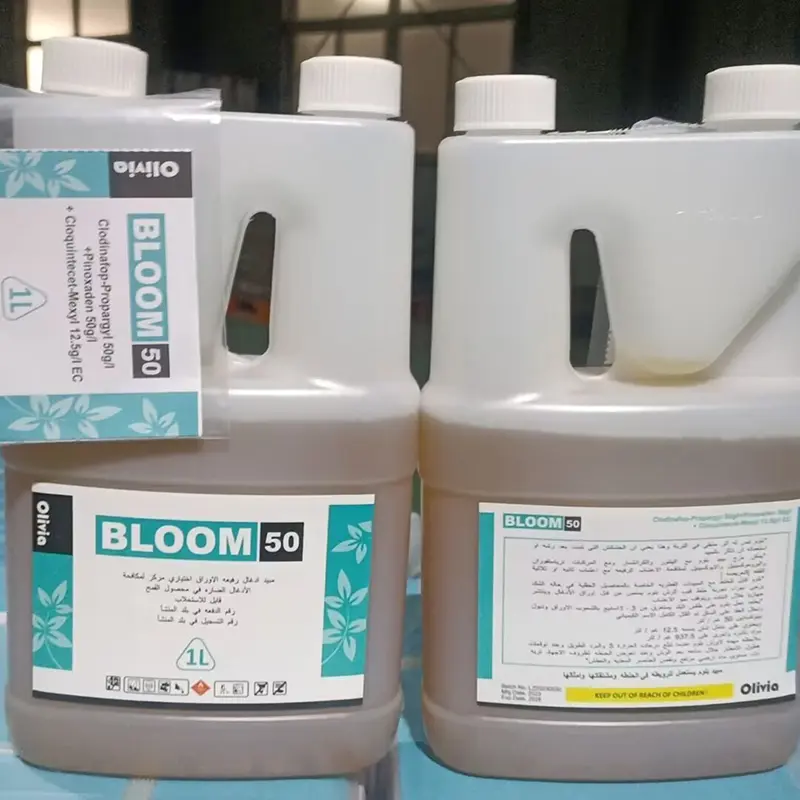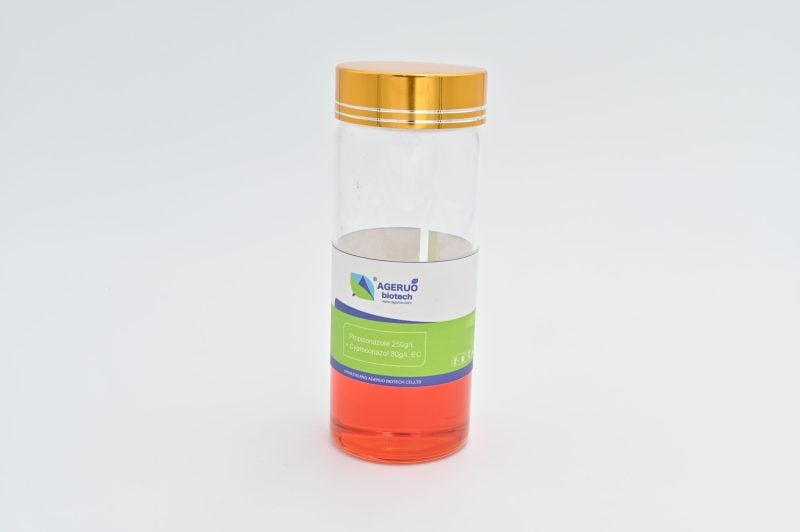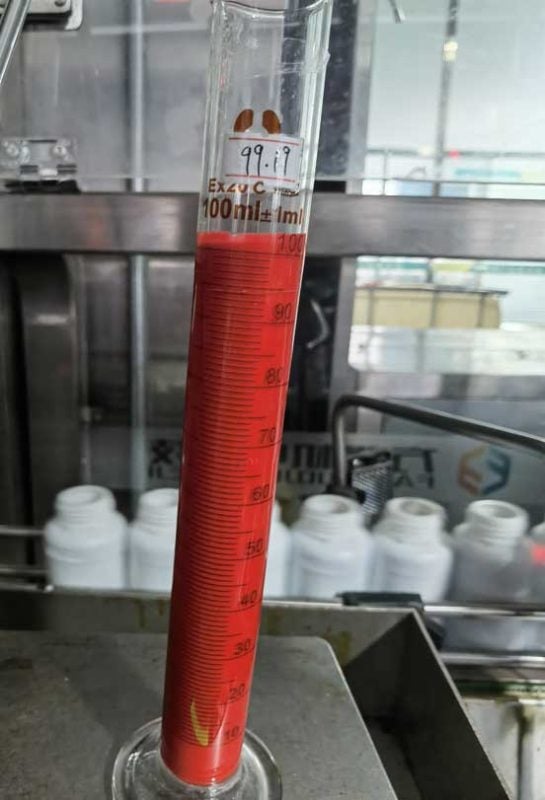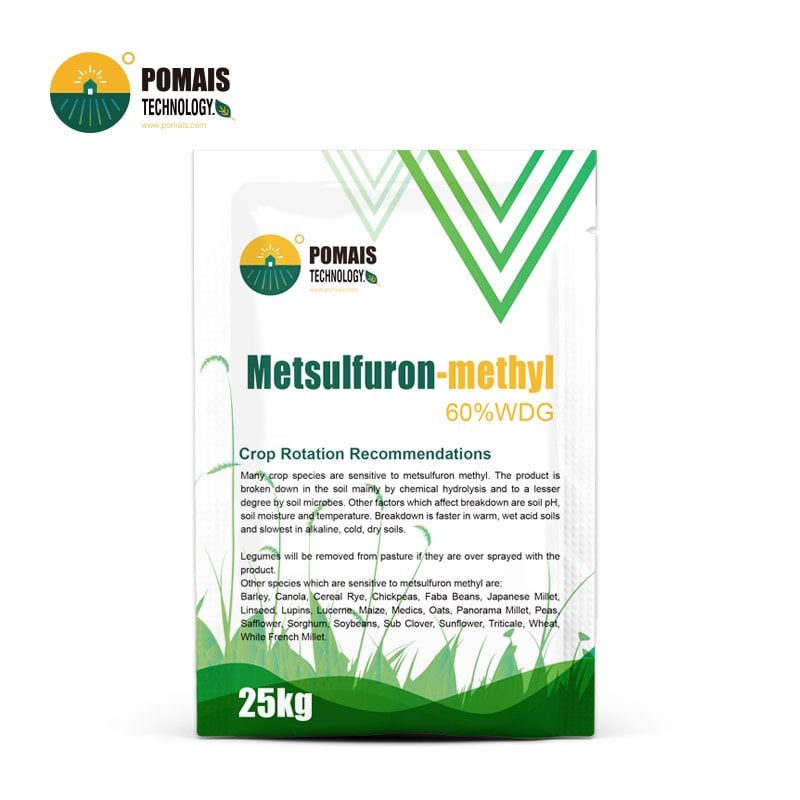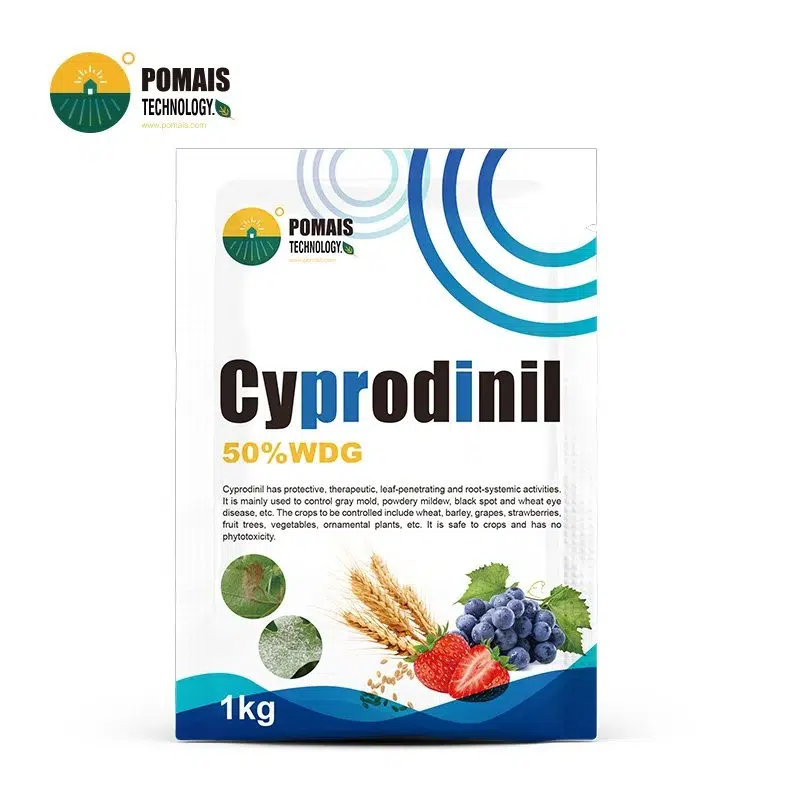1,3-Dichloropropene 95% EC | Pre-Plant Soil Fumigant for Nematode Management
You are selecting a high-strength 1,3-dichloropropene 95% EC formulated for pre-plant soil fumigation in enclosed applications (where registered). The vapor-phase active diffuses through soil pore spaces to lower plant-parasitic nematode pressure before planting, supporting cleaner beds and more uniform establishment. Deployment fits chemigation (drip) or shank injection under tarp/film, then exposure → ventilation → re-entry exactly as the label defines. You gain a predictable treatment window with audit-ready support: COA / SDS / TDS, private-label OEM, and clear SOP materials. Always follow the product label and local regulations.
- Designed for Professional Buyers & Bulk Orders
- This product is available for business purchase and large-scale distribution.
- We support custom packaging, labeling, and formulation to meet your market needs.
- Let’s build your brand together.

About 1,3-Dichloropropene 95% EC | Pre-Plant Soil Fumigant for Nematode Management
About 1,3-Dichloropropene 95% EC | Pre-Plant Soil Fumigant for Nematode Management
| Active / Content | 1,3-Dichloropropene 95% |
| Formulation | EC (Emulsifiable Concentrate) for pre-plant soil fumigation |
| Primary Target | Plant-parasitic nematodes (e.g., root-knot, lesion) — where registered |
| Use Pathway | Chemigation/Drip (if permitted) or closed injection under seal |
| Exposure Cycle | Label-defined exposure → forced ventilation → re-entry interval (REI) |
| Program Fit | Bed preparation, moisture tuning, tarp/film sealing; integrate with crop rotation and sanitation |
| Regulatory Note | May be a Restricted Use product in some markets; licensed applicator only |
| Documentation | COA / MSDS (SDS) / TDS supplied with each lot |
| OEM Options | Private label, multilingual artwork, barcoding/QR, tamper-evident |
| Packs | Bulk and commercial packs; palletization notes available on request |
Mode of Action & Program Fit
How it works
1,3-Dichloropropene is a soil fumigant that volatilizes and diffuses through soil pore space, penetrating the rhizosphere to inactivate nematode life stages. Efficacy depends on soil temperature, moisture, texture, and seal integrity. Because activity is delivered via gas-phase movement, you focus on preparing a uniform, well-tilled, debris-free bed and maintaining the label-required exposure period before ventilation.
What makes it succeed
- Soil condition: target field-moist, not saturated; break clods; avoid excessive organic debris that can absorb fumigant.
- Seal quality: use plastic mulch/tarp or immediate soil closure to minimize losses and drive distribution.
- Process control: time the sequence (apply → seal → expose → ventilate → re-enter) with logs and gas-handling SOPs.
- Program integration: combine with crop rotation, resistant rootstocks, sanitation, and clean transplants to sustain low nematode pressure through establishment.
Always follow the product label and local regulations; observe exposure, ventilation, buffer zones, and REI exactly as printed.
Use Areas — Where It Applies
Use pre-plant only in enclosed or promptly sealed beds/blocks for commercial production where registered. Typical programs cover vegetables and specialty crops, orchard/vineyard replant, potato and other high-value rows, and nursery blocks that can be sealed and ventilated to label standard. Do not extrapolate to post-plant uses, residential settings, or unsealed/open field situations. Coordinate with site management to schedule night or off-shift cycles, isolate adjacent bays, and verify that buffer zones, signage, monitoring, and emergency access meet local requirements before ignition or injection begins.
Application & Safety
Delivery & sealing
Apply by chemigation/drip (only if permitted) or by closed injection followed by immediate sealing (plastic mulch/tarp or mechanical closure). The operational sequence is apply → seal → exposure → forced ventilation → re-entry (REI), all strictly label-timed.
People & equipment
This product may be Restricted Use in certain markets; require a licensed applicator, trained crew, and compliant equipment (back-flow prevention/anti-drain, check valves, pressure relief, calibrated meters). Post entry restrictions and buffer boundaries, disable/cover sensors per SOP, and maintain two-way communications during operations.
Environment & records
Protect water bodies and wells; never allow back-siphon or off-site movement. Verify soil temperature/moisture and bed preparation to support uniform diffusion; avoid saturated, trashy, or cloddy beds. Keep lot IDs, maps, exposure/ventilation times, weather, and crew rosters to satisfy audits and stewardship reviews. Use label-specified PPE and follow SDS for storage, transport, spill response, and disposal.
Always follow the product label and local regulations; do not exceed label loads, exposure windows, or re-entry intervals.
OEM & Documentation
Accelerate market entry with private-label OEM, multilingual artwork, barcoding/QR, and tamper-evident packaging. Each lot ships with COA / MSDS (SDS) / TDS and batch traceability to streamline inbound QA. We confirm lead-time windows and MOQ at quotation, coordinate seasonal production slots, and provide palletization notes to optimize container loading and warehouse flow. On-pack icons (exposure/ventilation/REI) and a one-page site SOP card are available to standardize field execution.
FAQ
Q1. Can I apply by chemigation?
Only where the label permits and with compliant hardware (e.g., back-flow prevention, check valve, low-pressure drains). A licensed applicator and documented SOPs are mandatory.
Q2. May I combine with chloropicrin or other fumigants?
Only if explicitly registered and labeled in your market, using trained personnel and approved equipment. Otherwise, do not co-apply.
Q3. What soil conditions support performance?
A friable, debris-free, field-moist bed with adequate temperature promotes even gas-phase diffusion. Avoid saturation, excessive residues, or cold soils that slow movement. Follow the label.
Q4. How long are exposure and ventilation?
Label-defined. Record start/finish times and verify airflow restoration before re-entry.
Q5. Is it Restricted Use?
In many jurisdictions, yes. Expect licensed applicator requirements, buffer zones, recordkeeping, and notification rules.
Q6. What documents and packs are available?
Per lot: COA / MSDS (SDS) / TDS. OEM labeling is available; bulk and commercial packs with pallet notes upon request.
| Active / Content | 1,3-Dichloropropene 95% |
| Formulation | EC (Emulsifiable Concentrate) for pre-plant soil fumigation |
| Primary Target | Plant-parasitic nematodes (e.g., root-knot, lesion) — where registered |
| Use Pathway | Chemigation/Drip (if permitted) or closed injection under seal |
| Exposure Cycle | Label-defined exposure → forced ventilation → re-entry interval (REI) |
| Program Fit | Bed preparation, moisture tuning, tarp/film sealing; integrate with crop rotation and sanitation |
| Regulatory Note | May be a Restricted Use product in some markets; licensed applicator only |
| Documentation | COA / MSDS (SDS) / TDS supplied with each lot |
| OEM Options | Private label, multilingual artwork, barcoding/QR, tamper-evident |
| Packs | Bulk and commercial packs; palletization notes available on request |
Mode of Action & Program Fit
How it works
1,3-Dichloropropene is a soil fumigant that volatilizes and diffuses through soil pore space, penetrating the rhizosphere to inactivate nematode life stages. Efficacy depends on soil temperature, moisture, texture, and seal integrity. Because activity is delivered via gas-phase movement, you focus on preparing a uniform, well-tilled, debris-free bed and maintaining the label-required exposure period before ventilation.
What makes it succeed
- Soil condition: target field-moist, not saturated; break clods; avoid excessive organic debris that can absorb fumigant.
- Seal quality: use plastic mulch/tarp or immediate soil closure to minimize losses and drive distribution.
- Process control: time the sequence (apply → seal → expose → ventilate → re-enter) with logs and gas-handling SOPs.
- Program integration: combine with crop rotation, resistant rootstocks, sanitation, and clean transplants to sustain low nematode pressure through establishment.
Always follow the product label and local regulations; observe exposure, ventilation, buffer zones, and REI exactly as printed.
Use Areas — Where It Applies
Use pre-plant only in enclosed or promptly sealed beds/blocks for commercial production where registered. Typical programs cover vegetables and specialty crops, orchard/vineyard replant, potato and other high-value rows, and nursery blocks that can be sealed and ventilated to label standard. Do not extrapolate to post-plant uses, residential settings, or unsealed/open field situations. Coordinate with site management to schedule night or off-shift cycles, isolate adjacent bays, and verify that buffer zones, signage, monitoring, and emergency access meet local requirements before ignition or injection begins.
Application & Safety
Delivery & sealing
Apply by chemigation/drip (only if permitted) or by closed injection followed by immediate sealing (plastic mulch/tarp or mechanical closure). The operational sequence is apply → seal → exposure → forced ventilation → re-entry (REI), all strictly label-timed.
People & equipment
This product may be Restricted Use in certain markets; require a licensed applicator, trained crew, and compliant equipment (back-flow prevention/anti-drain, check valves, pressure relief, calibrated meters). Post entry restrictions and buffer boundaries, disable/cover sensors per SOP, and maintain two-way communications during operations.
Environment & records
Protect water bodies and wells; never allow back-siphon or off-site movement. Verify soil temperature/moisture and bed preparation to support uniform diffusion; avoid saturated, trashy, or cloddy beds. Keep lot IDs, maps, exposure/ventilation times, weather, and crew rosters to satisfy audits and stewardship reviews. Use label-specified PPE and follow SDS for storage, transport, spill response, and disposal.
Always follow the product label and local regulations; do not exceed label loads, exposure windows, or re-entry intervals.
OEM & Documentation
Accelerate market entry with private-label OEM, multilingual artwork, barcoding/QR, and tamper-evident packaging. Each lot ships with COA / MSDS (SDS) / TDS and batch traceability to streamline inbound QA. We confirm lead-time windows and MOQ at quotation, coordinate seasonal production slots, and provide palletization notes to optimize container loading and warehouse flow. On-pack icons (exposure/ventilation/REI) and a one-page site SOP card are available to standardize field execution.
FAQ
Q1. Can I apply by chemigation?
Only where the label permits and with compliant hardware (e.g., back-flow prevention, check valve, low-pressure drains). A licensed applicator and documented SOPs are mandatory.
Q2. May I combine with chloropicrin or other fumigants?
Only if explicitly registered and labeled in your market, using trained personnel and approved equipment. Otherwise, do not co-apply.
Q3. What soil conditions support performance?
A friable, debris-free, field-moist bed with adequate temperature promotes even gas-phase diffusion. Avoid saturation, excessive residues, or cold soils that slow movement. Follow the label.
Q4. How long are exposure and ventilation?
Label-defined. Record start/finish times and verify airflow restoration before re-entry.
Q5. Is it Restricted Use?
In many jurisdictions, yes. Expect licensed applicator requirements, buffer zones, recordkeeping, and notification rules.
Q6. What documents and packs are available?
Per lot: COA / MSDS (SDS) / TDS. OEM labeling is available; bulk and commercial packs with pallet notes upon request.
Related Products
Latest News


